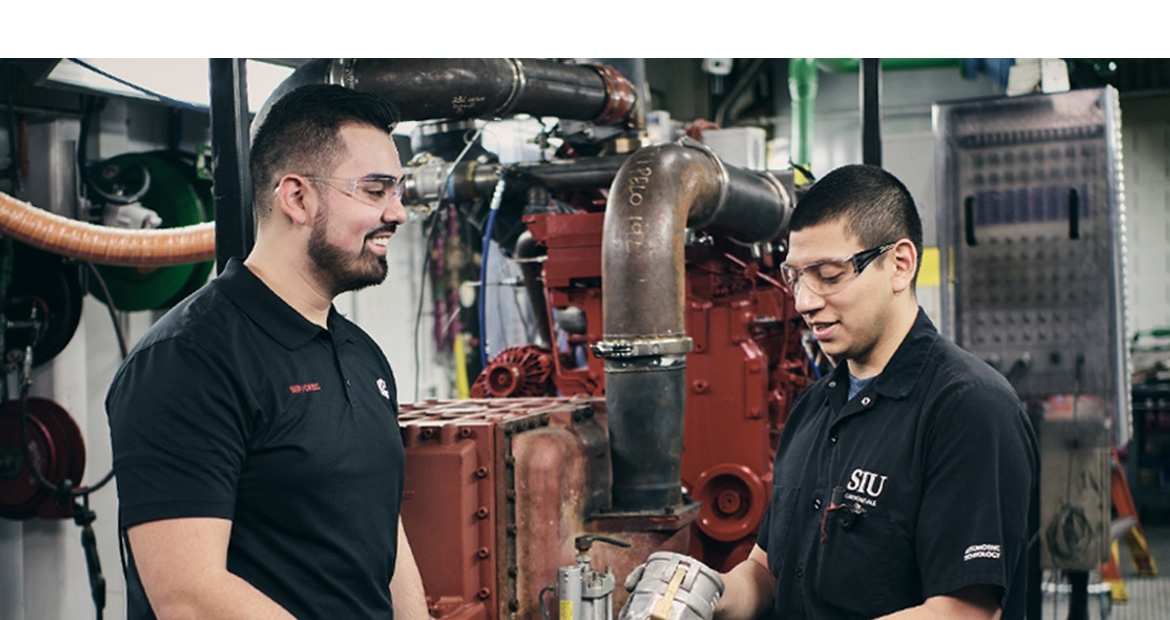- All
- Product Name
- Product Keyword
- Product Model
- Product Summary
- Product Description
- Multi Field Search
Views: 0 Author: by Cummins Inc., Global Power Technology Leader Publish Time: 2023-06-19 Origin: https://www.cummins.com/news/2023/06/08/right-first-time-engine-testing-long-term-sustainability









Like every invention, Cummins Inc. engines undergo rigorous testing to determine the viability of a new component, design or technology. With test cells installed in 2015, Seymour Engine Plant’s engine research and development capability and capacity significantly increased. Now, the plant’s sustainability leaders are on a mission to reduce test cell’s fuel emissions.
In 2015, Cummins celebrated the expansion of the Seymour Engine Plant and Technical Center. The expansion included installing an additional 12 test cells dedicated to engine research and development for multiple industries from mining and rail to marine and power generation, as well as lending to the improvement of product sustainability. Almost 10 years later, the sustainability team is seeking to achieve what they call a “right first-time test” of an engine to reduce emissions.
Test cells allow engineers and technicians to evaluate the effectiveness, efficiency and durability of a new component, engine design or alterations to a Cummins engine for a buyer, fleet operator or company.
To the untrained eye, it looks as if the engine is strapped into an electroencephalogram (EEG) cap, with seemingly endless amounts of wires sprouting from different components to test the engines durability, climate tolerance, endurance, emissions measurements and performance. You can imagine the amount of time it takes for engineers to produce a new idea for an engine that matches the criteria they attempt to integrate, let alone the time it takes to run the engine during a test that may or may not prove successful.
With countless measurement channels tracking a multitude of criteria, the likelihood of getting back a perfect read on all measures for the first time is not always 100%; however, that is exactly what the Seymour Engine Plant aims to achieve.
If a test needs to be re-run, that also means that fuel needs to be burned twice. On average, the Seymour Technical Center runs their 18 test cells 750 to 2,000 hours a month, equating to 43,000 to 115,000 gallons of diesel fuel each month.
Ensuring tests are run right the first time not only makes operational sense and ensures quality data, but it also reduces fuel consumption and thus greenhouse gas emissions (GHG), a Planet 2050 goal many Cummins plants like Seymour Engine Plant are striving to achieve.
The engineers and technicians at the technical center have implemented several controls to ensure a successful test, including detailed Test Planning meetings, Test Readiness Verification for critical parameters and an automated Constant Data Verification throughout the test. If any parameters are outside of the expected tolerance, the test technician is notified, and the test may be shut down.
Since beginning to track re-runs, the Seymour Technical Center has averaged a right first-time rate of 96-98%. Ultimately, the plant and sustainability leaders hope to decrease the re-run percentage to 1% or less. To achieve this, a Data Quality Council meets on a weekly basis to review test results, investigate any re-runs over four hours, and implement effective corrective actions.
In addition to reducing fuel consumption through right first-time testing, the engineers at the Seymour Technical Center are working on innovative solutions to reduce the need for testing in the first place.
Tests are combined where possible, so rather than running separate tests for different engine systems, these tests can be combined. There are also teams working on engine simulations and fuel performance rigs that run off a calibration fluid rather than by burning fuel.
When testing is required, the plant also has two 5 MW Regenerative Dynamometers (Regen Dynos) that can be used to convert the power generated from the test into useful electrical energy. In fact, when both Regen Dynos are operating, the engine tests create enough electricity to power the entire Seymour Engine Plant and Technical Center.
Since the Regen Dynos were installed in 2015, they have generated over 34 million kilowatt hours – an innovative use of energy that would not have been possible without significant investment.
For customers who seek to not only test a new design concept but also reduce their carbon footprint, test cells have played a key role in the research of new engine technology. As manufacturing plants test more new innovations, the greater the need is to refine these tests for reduced emissions and cleaner manufacturing.
As companies like Cummins transition towards alternative fuel types like hydrogen, natural gas and electric for their products in the near future, the need for internal combustion engines is critical to support existing businesses, customers and the economy. For the Seymour Engine Plant team, refining and improving emissions from current products through engine testing will remain essential to helping society through the industry’s transition.